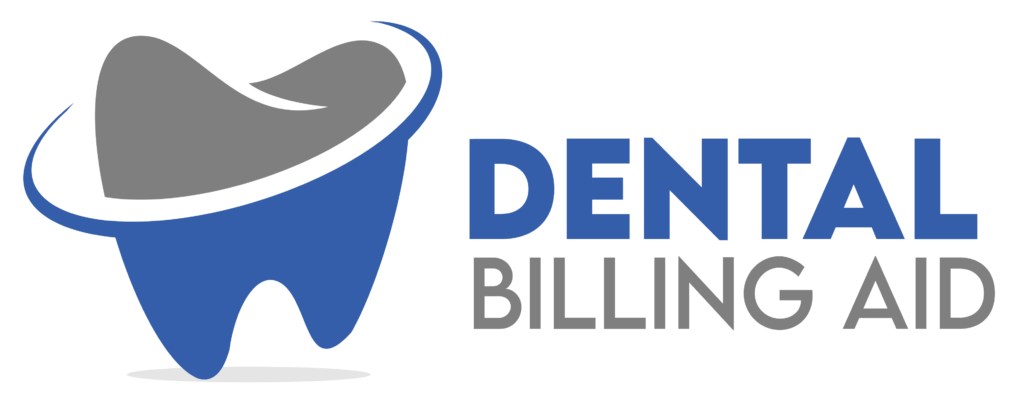Collection practices in dental billing involve the strategies and processes that dental practices use to ensure timely and effective payment from patients and insurance companies for the services they provide. Efficient collection practices are crucial for maintaining a healthy cash flow and the financial stability of the dental practice. Here are some common collection practices in dental billing:
Insurance Verification: Before providing services, dental practices verify the patient’s insurance coverage and benefits. This helps ensure that the services provided are covered by the insurance plan, reducing the likelihood of denied claims.
Pre-Authorization: In cases where a procedure might be costly, the dental practice may obtain pre-authorization from the insurance company. This involves submitting a treatment plan to the insurance company to determine the extent of coverage for the proposed procedures.
Estimate and Treatment Plans: Clearly communicate the estimated costs of treatment to the patient before any procedures are performed. This gives patients a clear understanding of their financial responsibility and helps prevent any surprises.
Upfront Payments: Collect copayments, deductibles, or other patient portions of the bill before the procedure. This reduces the risk of non-payment after the service is rendered.
Financial Agreements: Establish written financial agreements with patients, outlining the terms of payment, payment methods accepted, and any consequences of non-payment or late payment.
Claims Submission: Accurately complete and submit insurance claims promptly after providing the service. Timely claims submission reduces the risk of claim denials due to missed deadlines.
Follow-Up on Claims: Regularly track the status of submitted claims. If a claim is denied, investigate the reason and take necessary steps to rectify the issue and resubmit the claim if applicable.
Billing Statements: Send clear and comprehensive billing statements to patients detailing the services provided, insurance payments received, patient payments made, and any outstanding balances.
Payment Options: Offer flexible payment options to patients, such as installment plans or financing, to make it easier for them to manage their bills.
Reminder Notices: Send reminder notices for upcoming appointments and outstanding bills to keep patients informed about their financial responsibilities.
Follow-Up Communications: If a patient has an outstanding balance, regularly follow up with them through phone calls, emails, or mailed letters to remind them of the unpaid amount.
Collections Agency: If a patient consistently fails to make payments, the dental practice may consider working with a collections agency to recover the debt. However, this is typically a last resort after other attempts at communication and resolution have failed.
Patient Education: Educate patients about their insurance coverage, benefits, and responsibilities. This can help prevent misunderstandings and disputes related to billing.
Staff Training: Ensure that your front desk staff and billing personnel are well-trained in billing practices, insurance procedures, and customer service, as they play a critical role in the collection process.
Regular Financial Analysis: Periodically analyze the practice’s financial performance and collection rates to identify areas for improvement and optimize collection processes.
It’s important to strike a balance between effective collection practices and maintaining positive patient relationships. Clear communication and transparency are key to minimizing disputes and fostering a trusting relationship between the dental practice and its patients.
